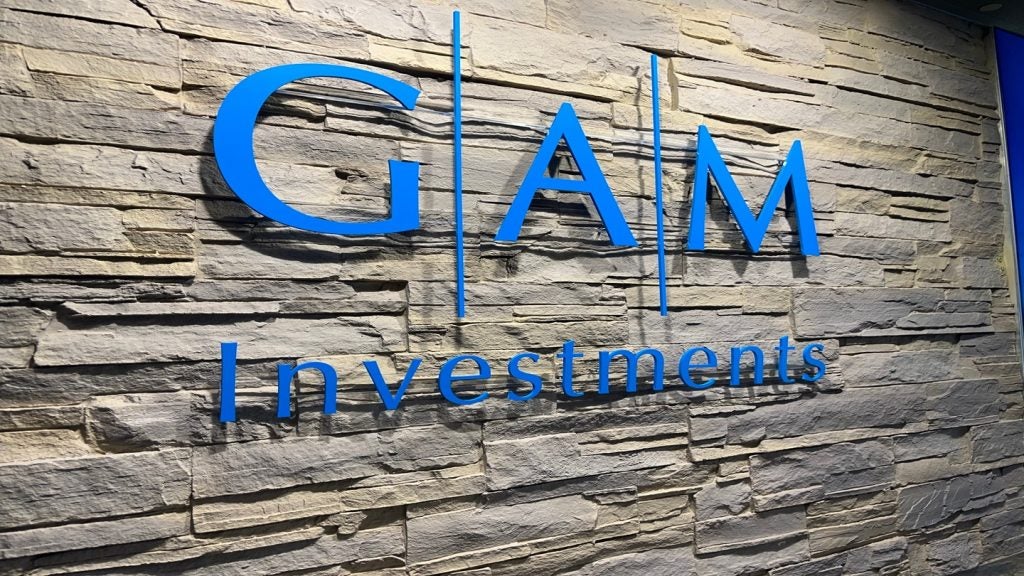PBI’s editor, Meghna Mukerjee, comments on how the wealth management and private banking industry can learn from Lego’s business model
Earlier in the month, I was in Switzerland for a conference. One of the speakers talked us through the story of Lego as a model for innovation. Not only because it is a successful company that has done well over decades, but because it has reinvented itself several times to stay successful – overcoming almost bankruptcies and shut downs.
The presentation made me think about what it truly means to be innovative and relevant to clients – particularly for private banks in an ecosystem that is fast evolving. So many wealth managers and private banks globally have felt the repercussions of drastically changing client behaviour and expectations, technological advances and most importantly crippling costs as a result of stringent regulations and compliance frameworks. Several private banks have shut down or/and significantly downsized.
The barriers to profit for private banks, currently, are manifold. The traditional revenue models are under continued threats and even the biggest banks are losing money. Many have faced damaging reputational risks that are hard to overcome. During such times, it is important to rethink the business model, make essential changes and ensure that institutions are not getting stuck in their past glories and strategies, and becoming archaic.
There are many fuzzy definitions of innovation and, on the whole, we struggle to understand what can be truly innovative about private banking and wealth management. Being innovative, however, does not necessarily mean ‘radical’ and ‘out of the box’. It can mean to reconfigure and reorganise. Revaluating can be innovative if it leads to increased returns and enhanced client engagement.
Looking at Lego’s journey, since 1934, the company saw decades of glorious growth before experiencing dramatic revenue losses and debts in the early-90s. Over the years what Lego had not done is understand how fast client preferences had shifted, simply as a result of changing times and the arrival of video games and TV shows. On finally realising the brave new world they were operating in, Lego embarked on a journey of cost-cutting and product refreshes. This brought about Lego video games, TV shows and more. Though some of this worked and they returned to profit, eventually the company hit a wall once more having gotten lost in trying to do too many things. With some products, Lego had watered down their core proposition, which did not appeal to Lego loyalists.
Therein was another important lesson – instead of trying to become many different things, it was crucial to re-strategise and make value additions while staying faithful to the core products.
Competition for more wallet share from wealthy clients is only on the rise. Digital propositions are mushrooming – providing easy and independent alternatives to traditional, fee-based private banking models. It is important for institutions to not ignore technology-only propositions (as a lot of clients demand such offerings). On the other hand, it is equally important to avoid jumping on bandwagons that seem most popular for the moment.
Innovation will mean different things for different institutions. Sometimes, it could be as simple as getting your head out of the sand and finding a new perspective to make small changes. It could also mean launching revolutionary products and services – but that won’t always be the case. For private banks and wealth managers, it’s more important than ever to understand who they are, who their clients are, what they can do for their clients and what essential value to add to that relationship. Staying faithful to your core proposition while finding new ways to reach out and satisfy clients is what can be deemed as truly innovative in the long run.







